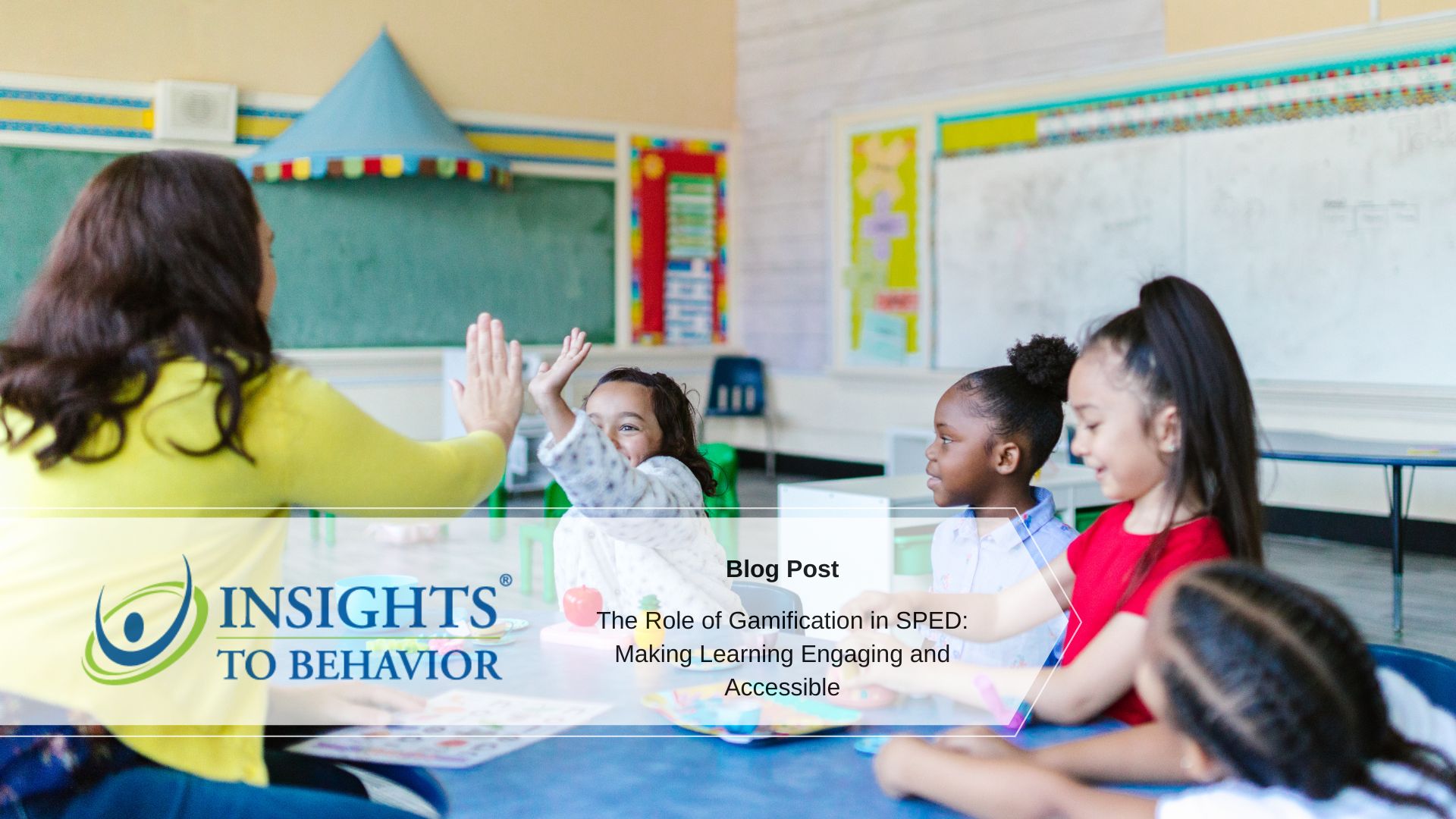In the specialized field of Special Education (SPED), educators constantly seek innovative strategies to meet the diverse needs of their students. One such strategy that has gained traction is gamification, a method that introduces game design elements into non-game contexts, such as education. Gamification in education, particularly in SPED, offers a promising avenue to transform learning into a more engaging, motivating, and accessible process. This blog explores how gamification can revolutionize SPED by making learning more engaging and tailored to individual needs.
Understanding Gamification in Education
Gamification incorporates elements like points, badges, and leaderboards into learning activities to motivate students and enhance their engagement. These game mechanics tap into the intrinsic motivations of learners, encouraging them to engage deeply with the content. For SPED students, who may struggle with traditional instructional methods, gamification presents an opportunity to learn in an environment that is both supportive and stimulating.
The Significance of Gamification for SPED Students
Addressing Diverse Needs
SPED students come with a range of learning needs, preferences, and challenges. Gamification allows for the customization of learning experiences, making education more adaptable and responsive to individual students. By leveraging gamified learning platforms, educators can tailor content to suit different learning styles, ensuring that all students can access and engage with the material.
Improving Engagement
Engagement is crucial for effective learning, yet maintaining it can be particularly challenging in SPED settings. Gamified elements such as immediate feedback, progress tracking, and reward systems can captivate students’ attention and sustain their interest in learning tasks. This heightened engagement can lead to improved participation, persistence, and ultimately, learning outcomes.
Enhancing Accessibility
Gamification also has the potential to make learning more accessible. Many gamified platforms incorporate adaptive technologies that can be customized for students with various disabilities, ensuring that learning materials are within reach of every student. Whether through text-to-speech functionalities, customizable interfaces, or interactive visual aids, gamification can break down barriers to learning.
Case Studies: Successful Gamification in SPED
Real-world applications of gamification in SPED highlight its effectiveness. For instance, a study involving students with Autism Spectrum Disorder (ASD) found that gamified learning environments significantly improved students’ social and communication skills. Another project utilized a gamified platform to enhance reading skills in students with dyslexia, noting substantial gains in motivation and reading proficiency.
Strategies for Implementing Gamification in SPED
To successfully implement gamification, educators must carefully select games and platforms that align with educational goals and meet the specific needs of SPED students. Integration with the curriculum is essential to ensure that gamified activities complement and reinforce learning objectives. Customization is key—educators should adjust game settings to cater to the individual preferences and requirements of their students, creating a truly inclusive learning environment.
Challenges and Considerations
While gamification holds great promise, it also presents challenges. Balancing educational content with game elements to ensure that learning remains the primary focus is critical. Accessibility concerns, such as ensuring that all students can participate equally, must be addressed. Moreover, assessing the impact of gamification on learning and adjusting strategies based on feedback is vital for continuous improvement.
Future of Gamification in SPED
Emerging trends in technology, including virtual reality (VR) and artificial intelligence (AI), are set to further enhance the applicability of gamification in SPED. These advancements promise to create even more immersive and personalized learning experiences, offering new pathways for educational engagement and success.
Conclusion
Gamification represents a dynamic and innovative approach to education in SPED settings, offering a pathway to more engaging, motivating, and accessible learning experiences for students with special needs. By carefully selecting and implementing gamified learning tools, educators can create enriching environments that cater to the diverse needs of their students, fostering a love of learning and achieving meaningful educational outcomes. As we look to the future, the potential of gamification in SPED is boundless, promising a more inclusive and engaging educational landscape for all learners.
Additional Resources
For educators and parents eager to delve deeper into the potential of gamification in SPED, numerous resources are available. Professional development courses, industry conferences, and academic research papers offer further insights and practical strategies for integrating gamification into educational practices. By staying informed and engaged with the latest developments in gamification, we can continue to push the boundaries of what is possible in special education, creating a brighter future for all learners.
Insights to Behavior provides the training and tools you need to successfully integrate gamification in SPED in your school. Over 3,800 schools across five countries use our tools and software. Sign up for our free monthly managing student behaviors series here.



